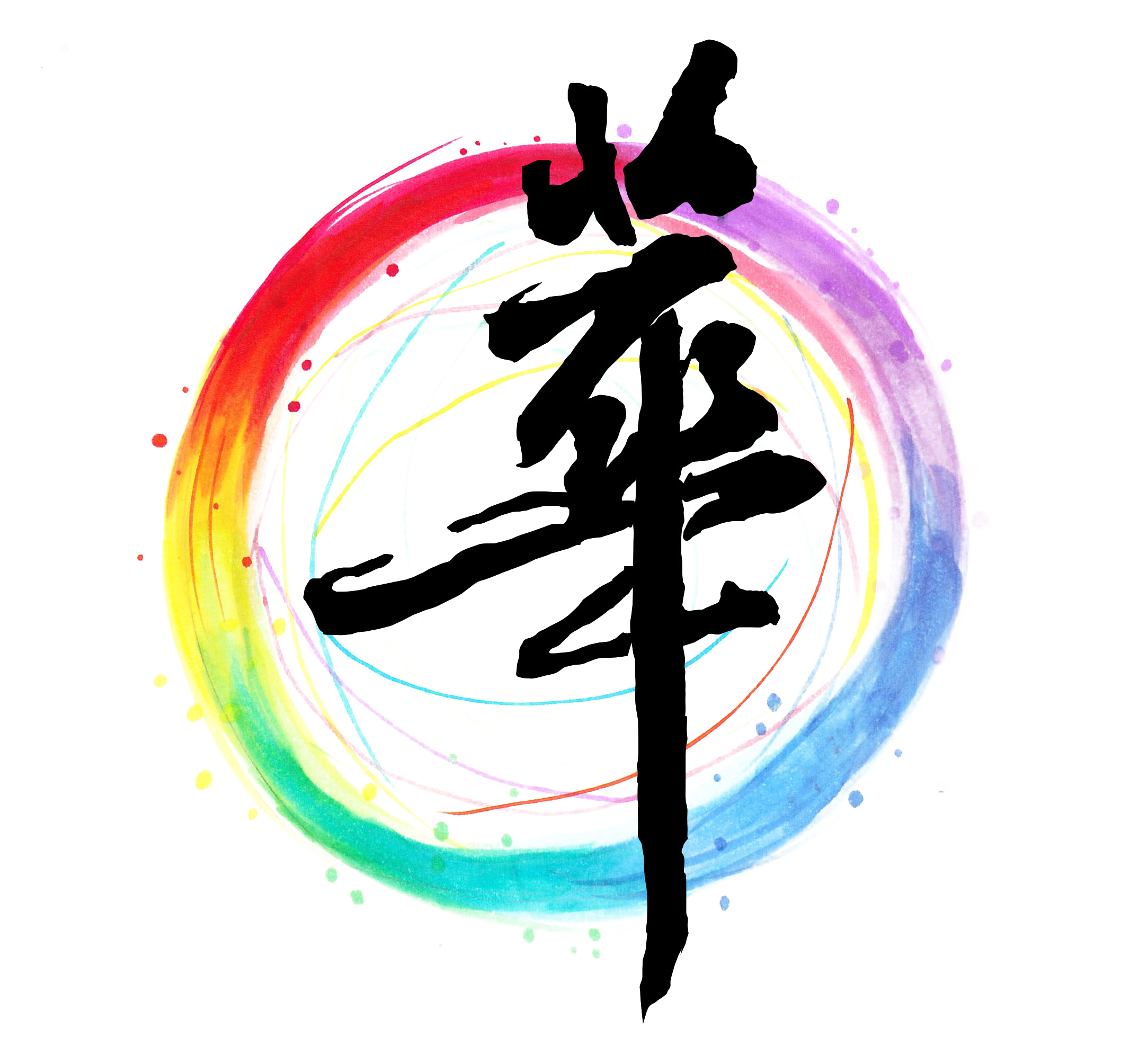Search
【CLTSC】2019 National Taitung University warmly greets Mandarin teachers from the USA on the first day of workshop!
Writer: Cia-Jing Huang / Translator: Pei-jia Qiu

Picture 1 The third one from the right in the first row is Zhang Yong Ming, the Vice President of Academics; the second one from the right is Prof. Fu Zhi Gong, who is from the Chinese Teaching and Study Center; the third one from the left is Lin Yong Fa, who is the Dean of College of Humanities; and the second one from the left is Prof. Shu Zhao Ming, who is from the Department of Chinese.
The workshop for Chinese teachers in the USA, hosted by the Chinese Teaching and Study Center is eventually started! This program was subsidized by the Ministry of Education. Zhang Yong Ming, the Vice President for Academics, delivered a speech at the opening ceremony on 10th June. He welcomes the participants who came all the way from the USA to Taitung, on behalf of the Dean of College of Humanities (Lin Yong Fa), the Chairperson (Fu Zhi Gong), and Assistant Professor Shu Zhao Ming from the Chinese Teaching and Study Center at National Taitung University. Those participants are all current Chinese teachers from all over the USA. They teach students of diverse cultural backgrounds and the students’ ages range from kindergarten to university. A lot of teachers indicated that they are still new to this field and they are eager to learn more about Mandarin teaching. Thus, they were very pleased to have this opportunity to improve their ability of Mandarin teaching. The Vice President mentioned that Mandarin has replaced Spanish as the second language in the Philippines. He said that Taiwan is a special place which embraces various cultures like Taiwanese, Hakka and indigenous. Prof. Fu stated that this workshop focused on content about indigenous culture in Taiwan which the information of Chinese culture and various specialized fields related to teaching Mandarin is hard to find in the USA. Prof. Shu was the chief coordinator of the workshop. As soon as the program was approved by the Ministry of Education in April, Prof. Shu contacted the Taipei Economic and Cultural Office (TECO) in Huston Texas. There were 18 Mandarin teachers from the USA signed up for the workshop.

Picture 2 Dean Lin introduced various tools of calligraphy.

Picture 3 Dean Lin demonstrated how to write inlesser seal.

Picture 4 Dean referred that there is no rule while you are writing calligraphy. You can just create your works at will. You will find the beauty in visualized text of Chinese characters from different perspective.

Picture 5 Participants created their own works with various tools.
The first day of the class of the workshop was lectured by Yong Fa Lin, the Dean of the College of Humanities. Dean Lin excels in writing calligraphy and he is also a professor in the Department of Art Industry. Dean Lin started the class with an introduction to calligraphy tools and mentioned that even without using a traditional writing brush, we can still create beautiful calligraphy works with simple rags and ink. He mentioned that while teaching calligraphy overseas, teachers can try to find materials that are available and accessible instead of using traditional tools. Beginners don’t have to insist on getting the strokes right because the most important thing is to appreciate the beauty of Chinese characters. To motivate students to learn Chinese calligraphy and Chinese characters, teachers can start with shell bone writing and small seal script instead of regular script.

Picture 6 Prof. Chien asked students about “What is Taiwan?” before the class started.

Picture7 Prof. Chien talked about the relations between Taiwanese folklore and traditional Chinese mythology.

Picture 8 Prof. Chien talked about tea culture and other related knowledge about tea and calligraphy.
In the beginning of the class at the workshop, Yong Fa Lin, the Dean of the College of Humanities gave a lecture in the first class. Dean Lin excels in writing calligraphy and he is also a professor in the Department of Art Industry. Dean Lin started the class with an introduction to calligraphy tools and mentioned that even without using a traditional writing brush, we can still create beautiful calligraphy works with just rags and ink. He mentioned that while teaching calligraphy overseas, teachers can try to find materials that are available and accessible instead of using traditional tools. Beginners don’t have to insist on getting the strokes right because the most important thing is for them to appreciate the beauty of Chinese characters. To motivate students to learn Chinese calligraphy and Chinese characters, teachers could start with teaching shell bone writing and small seal script instead of regular script.

Picture 9 Prof. Fu invited Ruan Yu Shui, the Executive Secretary from the Service Center for New Immigrant Women, to share Southeast Asian cuisine with the participants.
In the end, Prof. Fu, from the Chinese Teaching and Study Center, invited Ruan Yu Shui, the Executive Secretary from the Service Center for New Immigrant Women to the workshop in the evening. She brought a lot of delicious, Vietnamese food, shared various aspects of Southeast Asian food culture with the participants, and showed her multicultural food experiences in Taitung.

